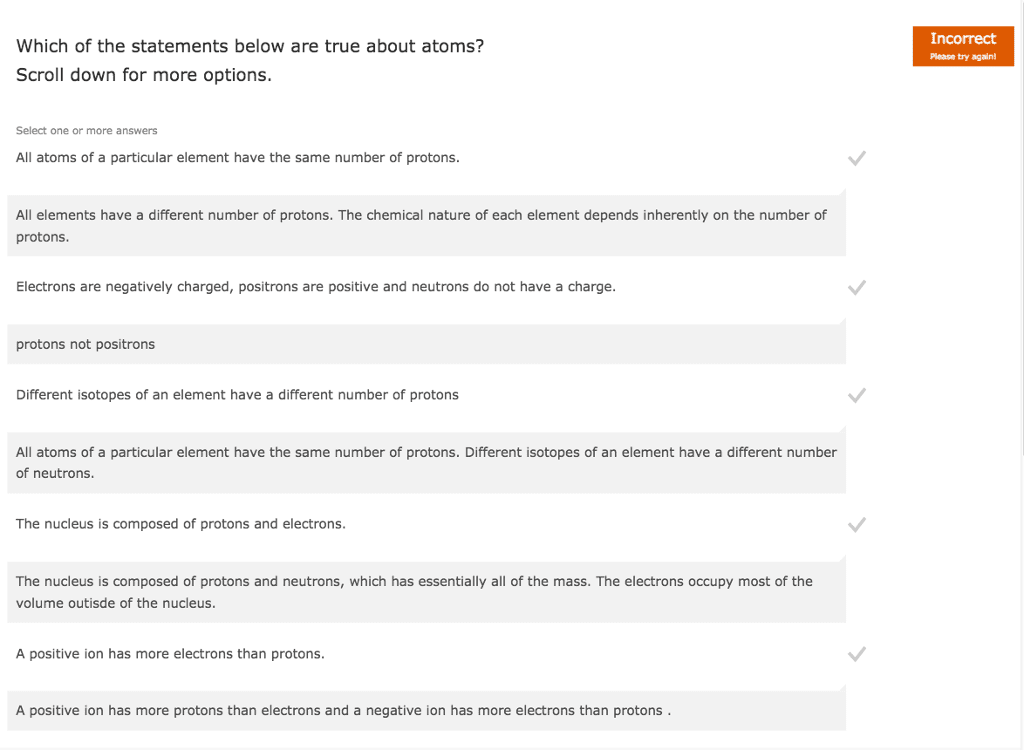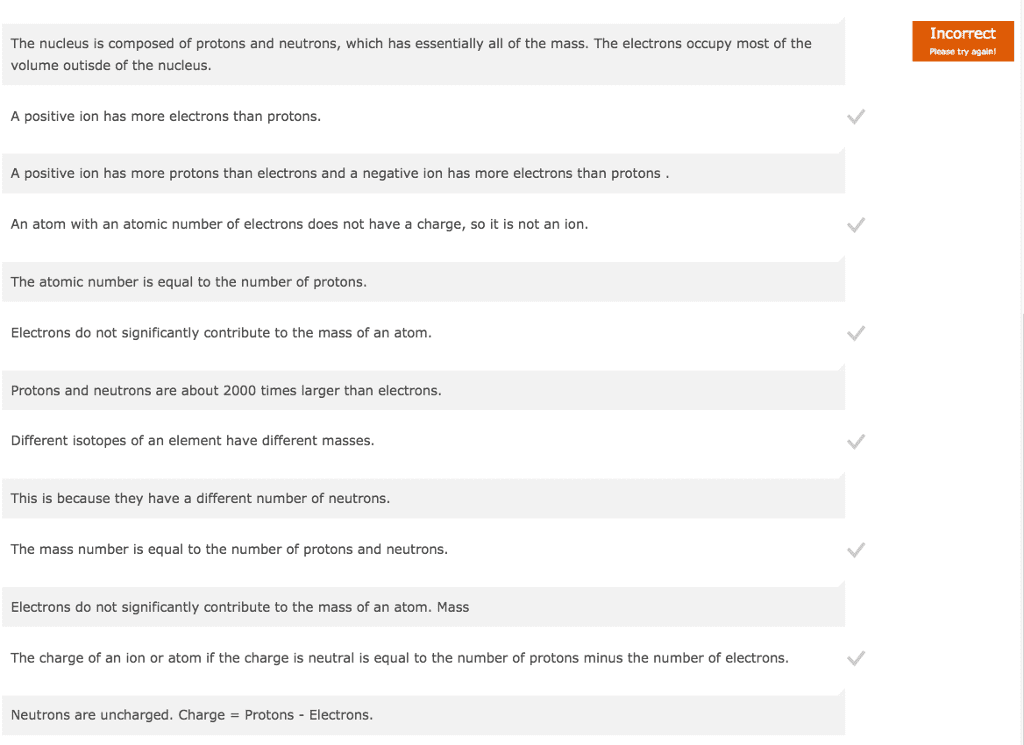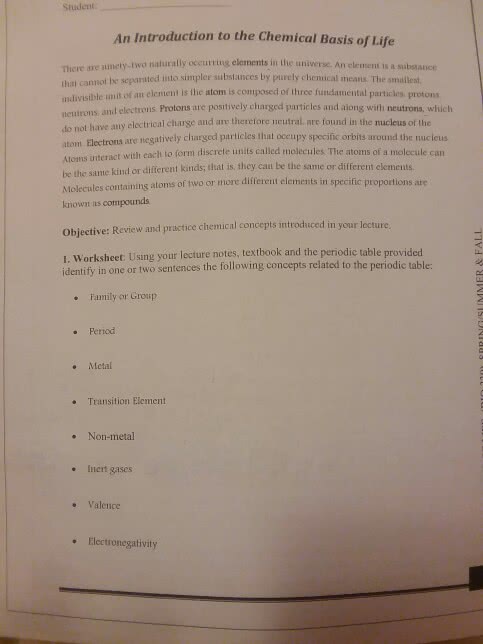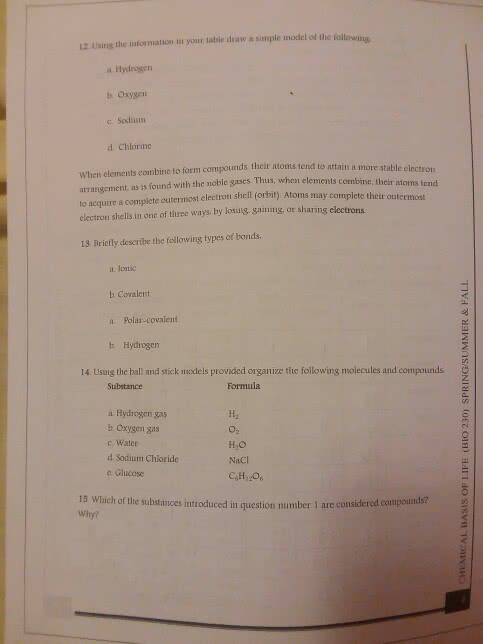CHEM 1100 Chapter Notes - Chapter 3: Molar Mass, Noble Gas, Alkaline Earth Metal
Document Summary
Helium and neon: other elements in nature are reactive they will form compounds with almost anything are not found in nature as pure elements. In nature, cations and anions always occur together, so that matter is charge neutral: ex. Sodium (na) which contains 11 protons and 11 electrons in neutral form, often loses one electron to form the ion na : ex. Fluorine (f) which contains 9 protons and 9 electrons in neutral form, often acquires an extra electron to form the ion f . 3 atoms and elements: x= chemical symbol, a= mass number, protons = z, neutrons = a z, electrons = z c. Atomic mass: atomic mass the weighted average of the masses of each naturally occurring isotope for that element, formula for atomic mass: Atomic mass = (fraction isotope 1) x (mass isotope 1) + (fraction isotope 2) x (mass isotope 2) + : percent abundances must be converted to fractional abundances by dividing by 100.





